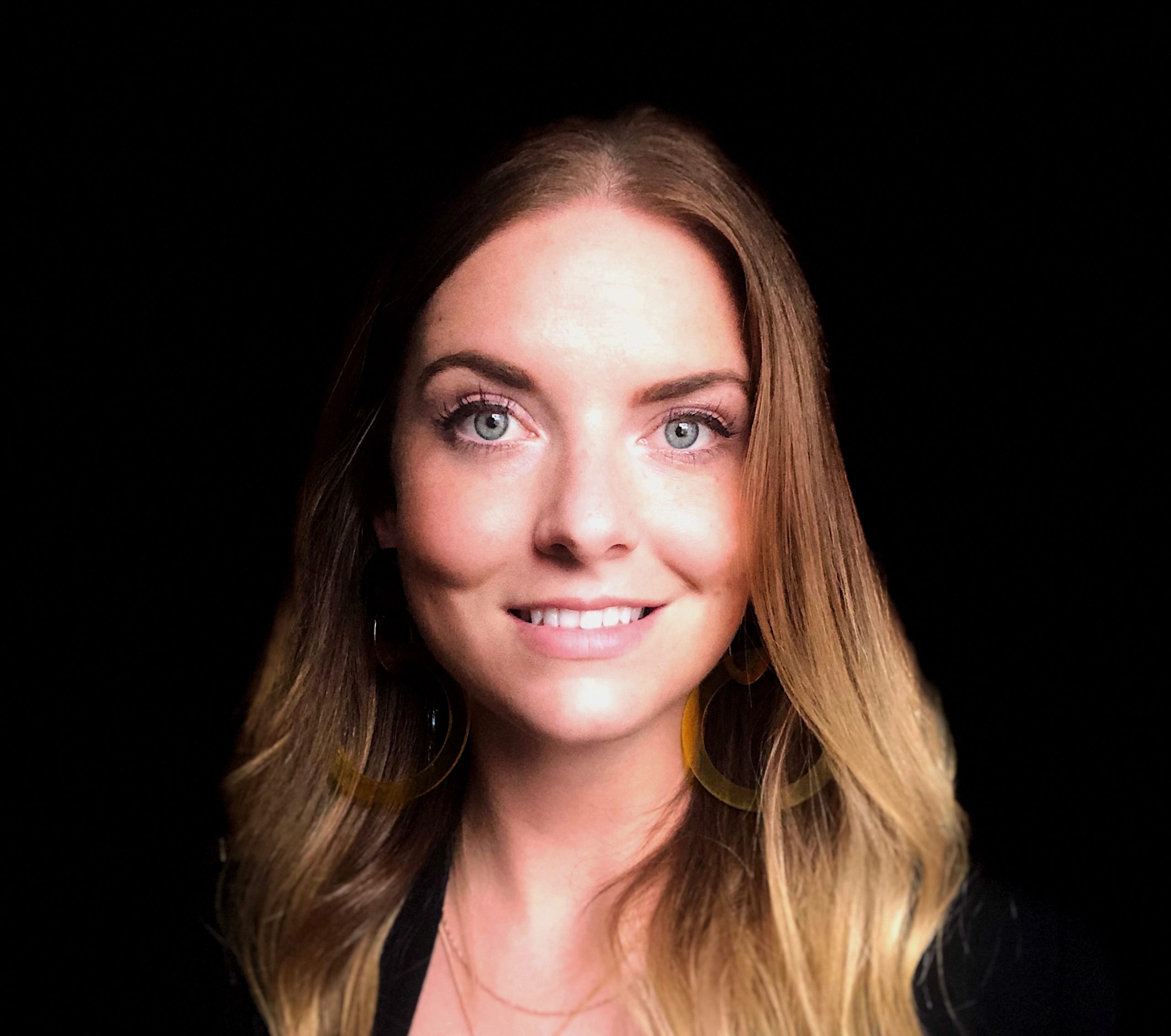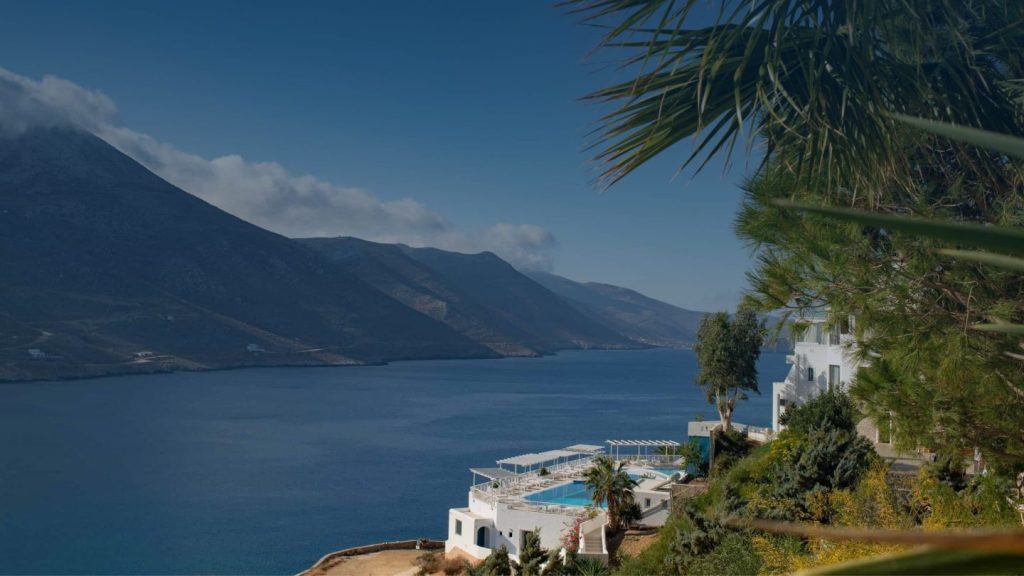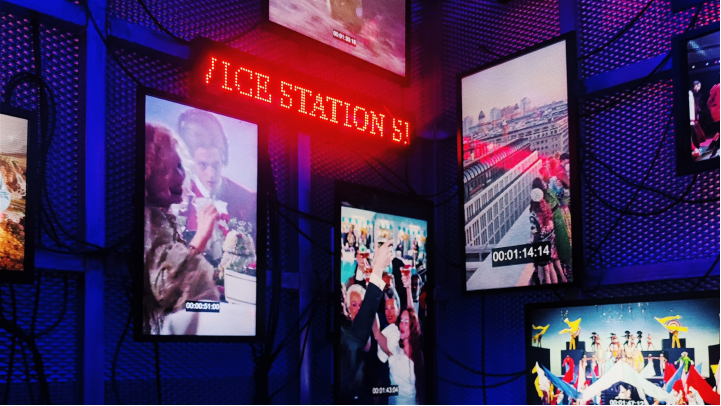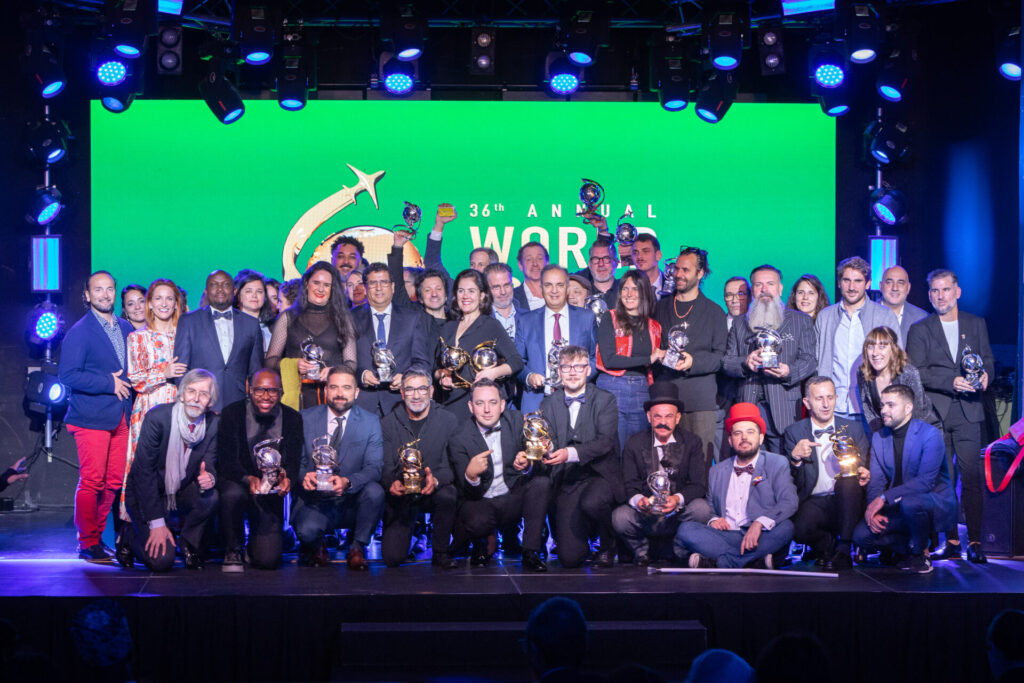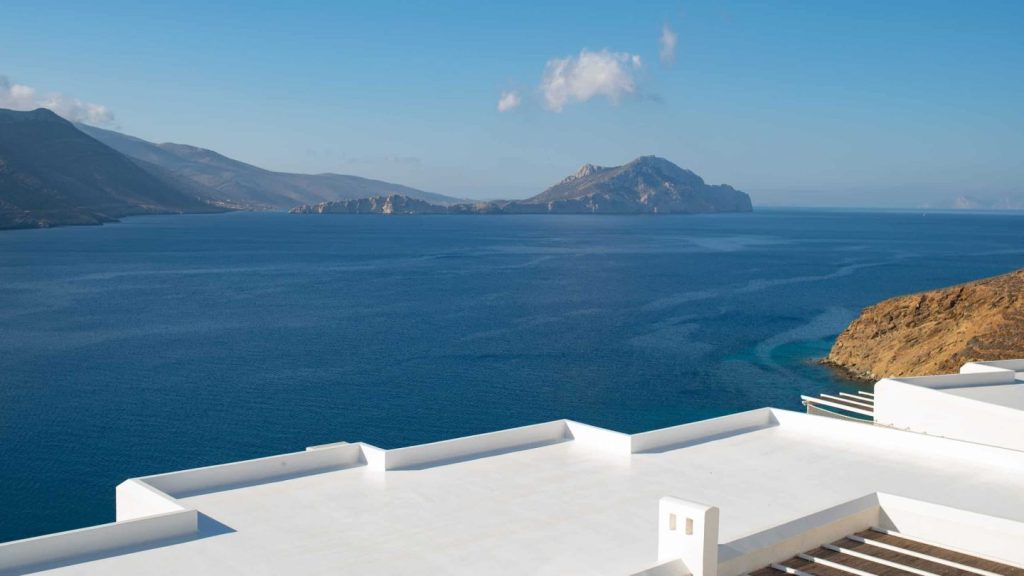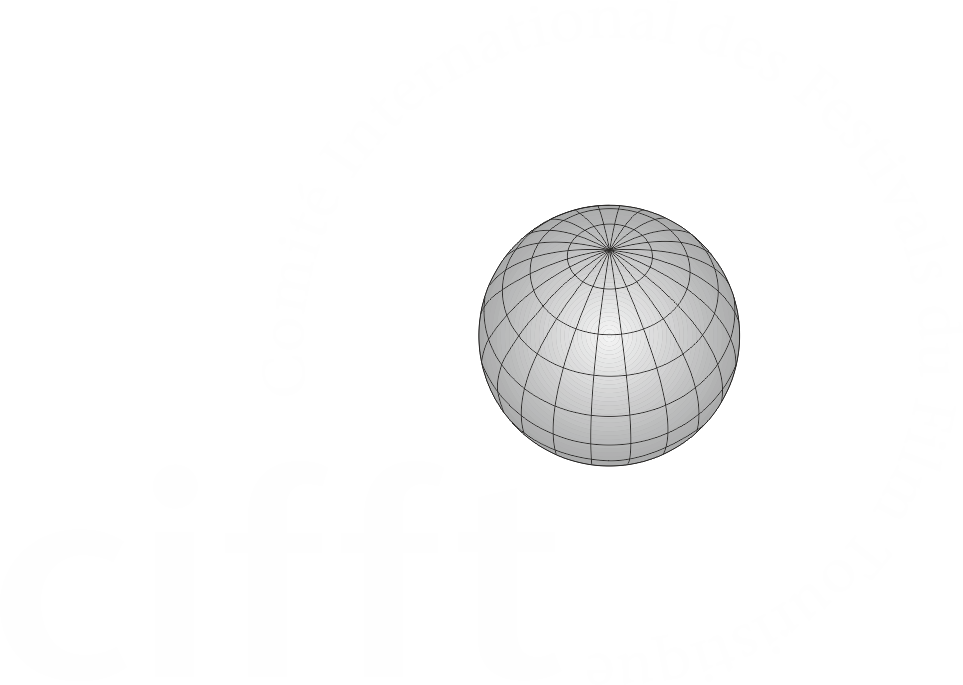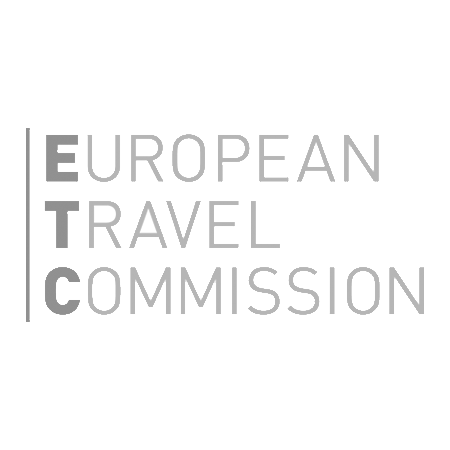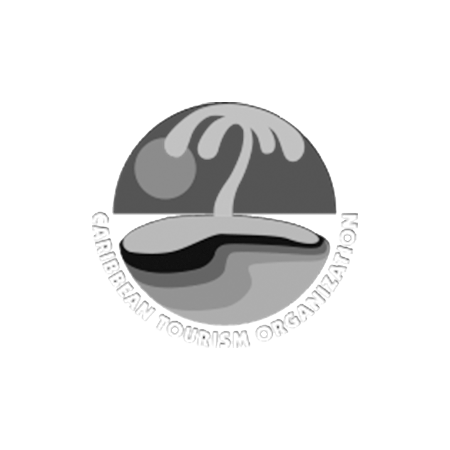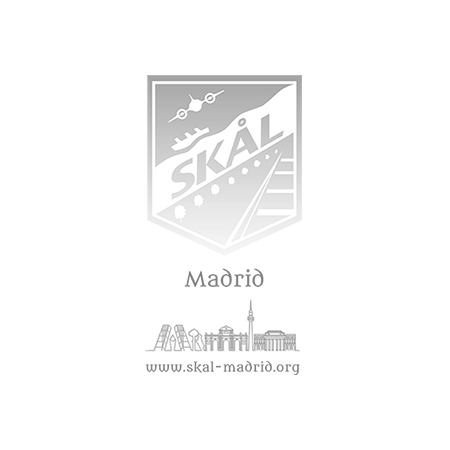Who is Cat Leaver?
A sister, daughter, wife and friend. A Scot with a love of home and the wider world. A strategist and marketer. An advocate for greater inclusivity and diversity. A believer in the power of ideas. And, professionally, I am the director of the very exciting cross-agency initiative Brand Scotland, working across the Scottish Government, our economic agency Scottish Enterprise and Visit Scotland.
"...video is by far the most effective format for creating an emotional connection that transcends physical boundaries and creates memorable moments."
Video is one of the most powerful influencers in the visual decision-making process, and it’s no mystery. Marketers are shouting it from the mountains, and consumers are validating it with their preferences. Simply put, video content is exploding and it’s here to stay.
Cat Leaver, director of the cross-agency Initiative Brand Scotland in a talk with Hugo Marcos, shares her opinion about how videos are important in the promotion of a tourism destination.
@C_Leaver, @Scotland, Scotland.org
HM: What is the role of the cross-agency Initiative Brand Scotland?
CL: Brand Scotland was established to pool the talent, expertise and resources of Scotland’s public sector to work on behalf of our economic interests – raising Scotland’s international profile and strengthening its reputation.
At the core of Brand Scotland is a clear and consistent values proposition – who we are as a nation; our identity – which forms the foundations of our storytelling – how and what we tell the world about Scotland.
Our storytelling leverages the collective power of our strategic partners to generate advocacy, allowing us to have greater impact and grow our global reputation.
In essence, it’s about being greater than the sum of our parts; establishing a powerful national narrative.
"We’ve placed video at the heart of our storytelling approach to tackle shrinking consumer attention and as it has proven to be the most effective for driving brand sentiment and shareability. "
HM: Do you think visual content is important? What is the video strategy used for Brand Scotland marketing campaigns?
CL: Visual content is essential, especially when it comes to place marketing. It allows us to both show and tell our stories, sharing the rich mix of people, places and experiences in Scotland with international audiences. And video is by far the most effective format for creating an emotional connection that transcends physical boundaries and creates memorable moments. You only have to look to the fact that YouTube is the second most popular search engine in the world, after Google, to comprehend the scope and reach of video.
In order to deliver the most scalable and targeted reach, Brand Scotland operates on a digital-first marketing strategy, which leverages quality partners, data insight and scalable platforms, with video very much at the core.
Reaching our audiences requires a strategic and integrated marketing approach across earned, owned and bought media.
But, for us, it’s important to retain a focus on the long-term strategy, rather than just short-term tactics: it’s about campaigning rather than a campaign.
What we mean by that is that messages pushed through media (paid or organic) are merely a starting point and catalyst for conversations amongst the audience we want to speak to. The output is advocacy, encouraging people who are trusted and respected to want to talk about us and what we are doing.
By having a clear values proposition, we ensure authenticity. This then allows us to build on moments in time (collective purpose) and key themes under which we have a world-first or world-leading position - the intersection between what Scotland stands for and what our target audiences believe in.
HM: How does the video contribute to the marketing strategy of Brand Scotland?
CL: We’ve placed video at the heart of our storytelling approach to tackle shrinking consumer attention and as it has proven to be the most effective for driving brand sentiment and shareability. We then carefully select platforms and channels that ensure quality and scalability.
Video advertising offers us versatility and the benefits of measurable data, from which we can learn and adapt our strategy. But it does not exist in isolation, it must be executed as part of an integrated approach for best return.
HM: How does the tourist destination become a brand and what is the role of video in this process?
CL: A place’s brand is heavily influenced by it’s perceptions as a tourist destination. More often than not, a visit is the first experience a person has of that brand/place and that will strongly influence their perception of that place. I don’t think it’s so much about the tourist destination becoming a brand so much as the tourist organisation understanding that the place is their brand.
HM: What are the main factors of a tourist destination that must be transmitted by video?
CL: Each destination will have its own unique set of assets it wishes to promote using video, whether that be the natural assets like landscapes, the product available like the types of holidays and experiences, or the culture and people. But, whatever the topic of the video, the most important thing to get across is the spirit of the place. Consumers seek out destinations that offer them unique experiences and enrich their lives in some way and video can help offer them an insight into how a destination will do this.
HM: What makes a great video? And what keeps viewers engaged?
CL: For me, great videos tell great stories.
HM: Which key performance indicators do you consider to measure the performance of your Travel Video Marketing initiatives?
CL: KPIs are developed dependent upon each campaign’s objectives and implementation plan. For videos we ordinarily seek to measure reach, engagement (views, VTR, completed views, shares, responses) and sentiment. If the campaign seeks to generate action then we would also measure this, be it in click-throughs or post evaluation responses.


